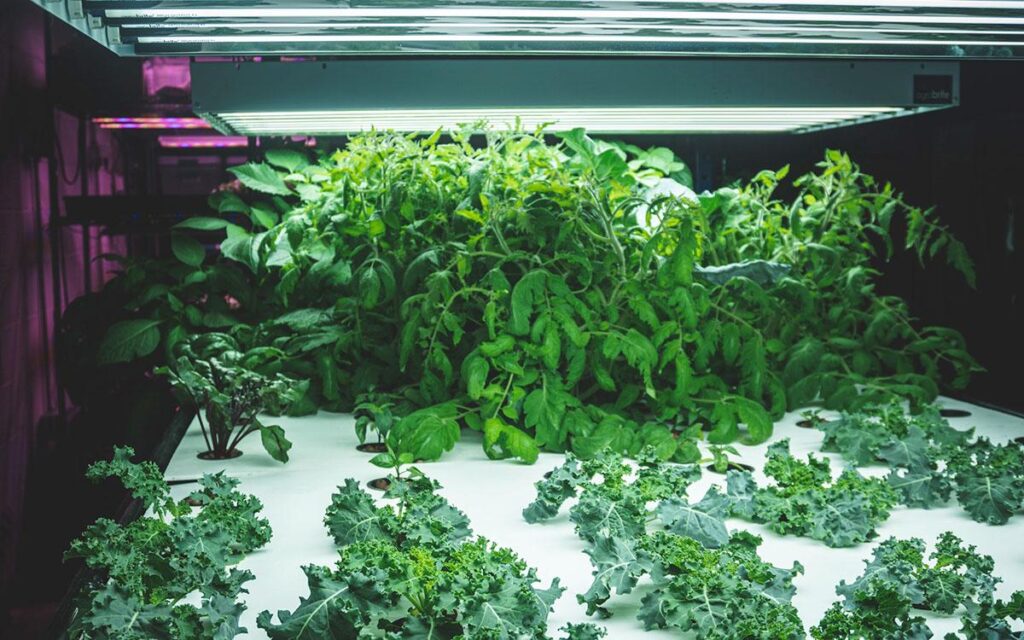The Latest Trend in Urban Farming, Simplified for At-Home Gardeners

Photo courtesy of Plant Chicago
Sep 26 2024
Hydroponics, the practice of growing plants in water rather than soil, has gained popularity among hobby gardeners over the past 15 years. This method, which uses 90% less water than traditional agriculture, offers a sustainable alternative for water-conscious gardeners. Recent innovation in the field has further spurred interest.
Various hydroponic systems exist, ranging from simple to complex. Here are some easy ways to start your own hydroponic garden at home, whether you’re an expert or a beginner.
Key Elements of a Hydroponic Garden
All hydroponic systems share certain components. Plants need a growing medium to anchor their roots and retain moisture. Materials like rice hulls, clay pellets, and coconut fiber are commonly used. Net pots hold the plant and growing medium, typically floating above the water. The plant’s roots extend into the water below to collect nutrients.
Gardeners must add a nutrient solution to the water, tailored to each plant’s needs. These solutions vary in their ratio of key elements, such as potassium, nitrogen, and phosphorus. For example, herbs may require higher levels of potassium, while lettuce needs more nitrogen.
Starting a DIY hydroponic garden can be affordable, with basic supplies costing under $30.
Growing with the Kratky Method
The Kratky method is the simplest and cheapest hydroponic approach. Unlike other systems that use pumps, this method requires no electricity. Gardeners add enough nutrient solution at the start to last the entire growing cycle. Net pots are suspended above a container filled with water and nutrients. As plants consume water, the level decreases, and roots stretch further down, ensuring adequate oxygen exposure.
Named after researcher Bernard Kratky, this method is ideal for leafy vegetables like lettuce and herbs such as basil. Kits are available that include all necessary supplies, making it easy to set up.
Scaling Up Your Hydroponic System
To scale up, consider expanding your Kratky garden. “I’ve done a Kratky system with a 12-foot-long growing bed,” said Eric Weber from Plant Chicago. Deep-water culture is another scalable option, using air pumps to circulate oxygen. This method, starting at about $100, allows for larger-scale growing while remaining low maintenance.
Advanced systems can house vertical gardens up to six feet tall. They use tubes to circulate water and nutrients, with sensors to automate refills, costing several hundred dollars. These systems offer low maintenance and high yield.
Whether you opt for a simple or advanced setup, hydroponic gardening provides a low-maintenance, water-efficient way to grow plants at home.
gardening,
urban living,
agriculture
Original Story at www.sierraclub.org
